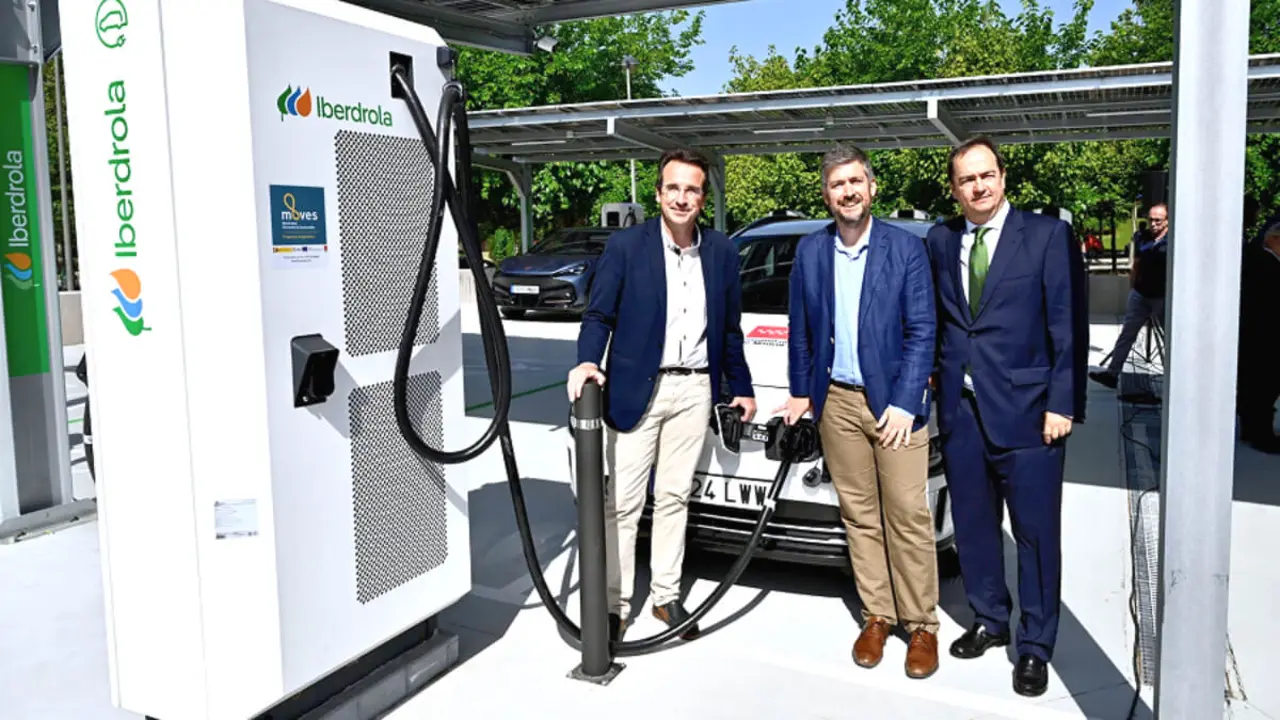Is the COVID-19 slump over for automakers in emerging markets?

The global automotive industry was significantly impacted last year by a drop in COVID-19-related activity. However, a more positive global outlook is forecast to boost demand, which bodes well for automakers in emerging markets.
The automotive industry was one of the manufacturing segments hardest hit by the pandemic: trade and travel disruptions related to the coronavirus, along with the associated economic consequences, severely affected vehicle demand worldwide.
According to Moody's analysis, global light vehicle sales fell by 16% in 2020, with the total number of units sold falling from 90.3 million to 75.8 million.
However, the figures differ considerably from region to region. Total sales were estimated to have fallen by 25.2% in Western Europe and 15.2% in North America, but only 1.9% in China.
While not as severe as the 27% drop in sales seen in the first half of the year, the year-end result was significantly worse than the 9% drop resulting from the 2008 global financial crisis.
However, amid an improving economic outlook, with the IMF forecasting global growth of 5.2% this year, most analysts have predicted a significant rebound in sales.
For example, Moody's expects global demand for light vehicles to rise by 7.7% and IHS Markit has forecast a 9% increase, while Standard & Poor's expects vehicle sales to recover by 7-9%.
The forecast is good news for emerging markets such as Mexico, Thailand and Morocco, all of which have significant automotive industries.
Mexico, the world's sixth largest vehicle producer before the pandemic, suffered a 21% drop in production last year, with the number of units produced falling from 3.8 million to 3 million. This included a dramatic 98.8% year-on-year contraction in April, during the early stages of the outbreak, when production fell from 300,100 to just 3700 vehicles.
Similarly, in Thailand, the world's 11th largest automobile manufacturer, auto production fell by 30%, from 2 million to 1.4 million.
Given that vehicles are Mexico's largest industrial export product and that automobile manufacturing accounts for 10% of Thailand's GDP, a rebound in production would provide a substantial boost to both economies.
The increase in demand is expected to be particularly pronounced in Western Europe and North America, with Moody's forecasting peaks of 12.2% and 5.8%, respectively, in these regions. This should help stimulate activity in Morocco, where around 90% of vehicles produced are for export, and Mexico, which benefits from its position as a signatory to the US-Mexico-Canada Agreement.
In addition to the expected increase in global demand for vehicles, these countries may also benefit from additional investments by multinational car manufacturers.
In a process known as nearshoring, multinational companies are increasingly looking to strengthen industrial capacity in countries close to their home or target markets.
This strategy is in part a reaction to the widespread disruptions in supply chains that accompanied the initial outbreak of COVID-19 in China, where a significant portion of global production is based.
Despite the projected improvement, the global automotive industry is expected to feel the lingering effects of the pandemic for some time.
For example, Moody's does not expect global vehicle sales to reach pre-coronavirus levels until at least 2023, while some have warned that a delay in the launch of vaccines or a new outbreak could negatively affect the industry's prospects.

Another significant factor that will shape the sector is the increasing adoption of electric vehicles (EVs).
With many countries or blocs, the EU foremost among them, implementing stricter emissions standards, the demand for EVs is expected to increase in the coming years.
This trend was demonstrated by the success of US electric car giant Tesla, which recorded a 38.7% increase in vehicle production last year, despite the downturn in global automotive activity.
There are concerns that automakers operating in emerging markets could fall behind the market leaders if they do not adapt to the growing demand for electric vehicles and upgrade their industrial infrastructure.
To this end, in November, the Thai government announced a series of incentives designed to stimulate investment in electric vehicles in the country and position it as a battery-powered vehicle hub in the region.
The measures include a three-year tax exemption for manufacturers of plug-in hybrid vehicles and an eight-year tax exemption for those producing battery electric vehicles.
Elsewhere in Southeast Asia, Indonesia aims to become a central part of the global EV supply chain, backed by its abundant supplies of nickel, which is widely used in EV batteries.
In late 2020, the Indonesian government announced plans to create a state-owned battery holding company, which is expected to develop a national end-to-end supply chain for EV batteries.
To support the growth of this nascent ecosystem, Indonesian policymakers are also looking to attract more multinational vehicle manufacturers to enter the market, a goal supported by the passage of the Omnibus Law on Job Creation in 2020, which reduces bureaucracy and improves the ease of doing business.
By establishing themselves as a key component of this emerging global industry, emerging markets should reap the benefits of long-term sustainable growth in a sector that promises both environmental and economic benefits.








